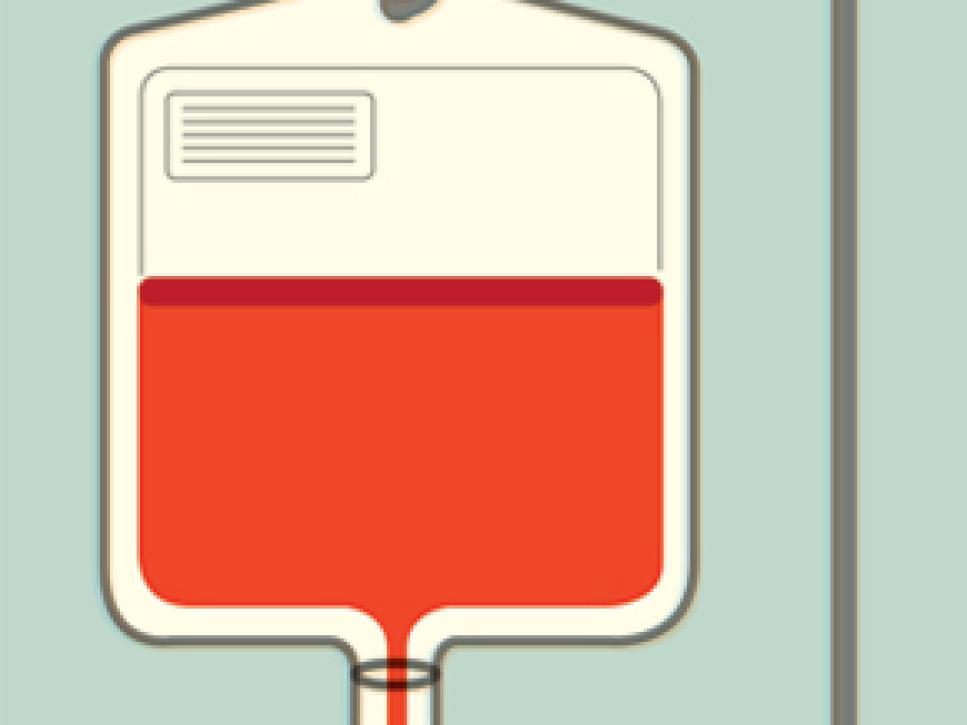The Loop
Fitness Friday: Do You Need PRP?
Blood spinning sounds like something the Bulgarian Olympic weightlifting team did back in the 1970s to win medals. But it's really just slang for a very effective pain/injury treatment known as Platelet-Rich Plasma (PRP).
PRP treatments have been around since the late 1990s, but have really grown in popularity in recent years--mostly because every study done on them has proven it to be one of the speediest and most effective ways to treat a myriad of issues. And unless you're involved in a sports organization that has banned the treatment, there's no reason why you can't go have it done now.

Here are the basics of what you need to know:
Who should consider this?
Anyone with tendon or ligament damage, or muscle tears. Golfers often get it for tendinitis in the elbows or knees.
How does it work?
Healing ingredients called "growth factors" are stored in your blood's platelets. If applied to an injured area in megadoses, they can speed recovery at a 70-percent success rate, says orthopedic surgeon Paul Sethi of Greenwich, Conn.
How is the procedure performed?
Your blood is taken and spun in a centrifuge designed to concentrate platelets. The platelets are injected back into the body at the problem area.
How long does it take?
About 20 to 30 minutes.
When can I play golf again?
Sethi recommends a month layoff.
Any side effects?
Soreness and swelling for up to 48 hours.
What does it cost, and will typical insurance cover it?
Insurance companies rarely cover this FDA-approved procedure. Sethi says he charges $800 for one injection, and three might be required.
Ron Kaspriske is the fitness editor for Golf Digest.*
(Illustration by Harry Campbell) *